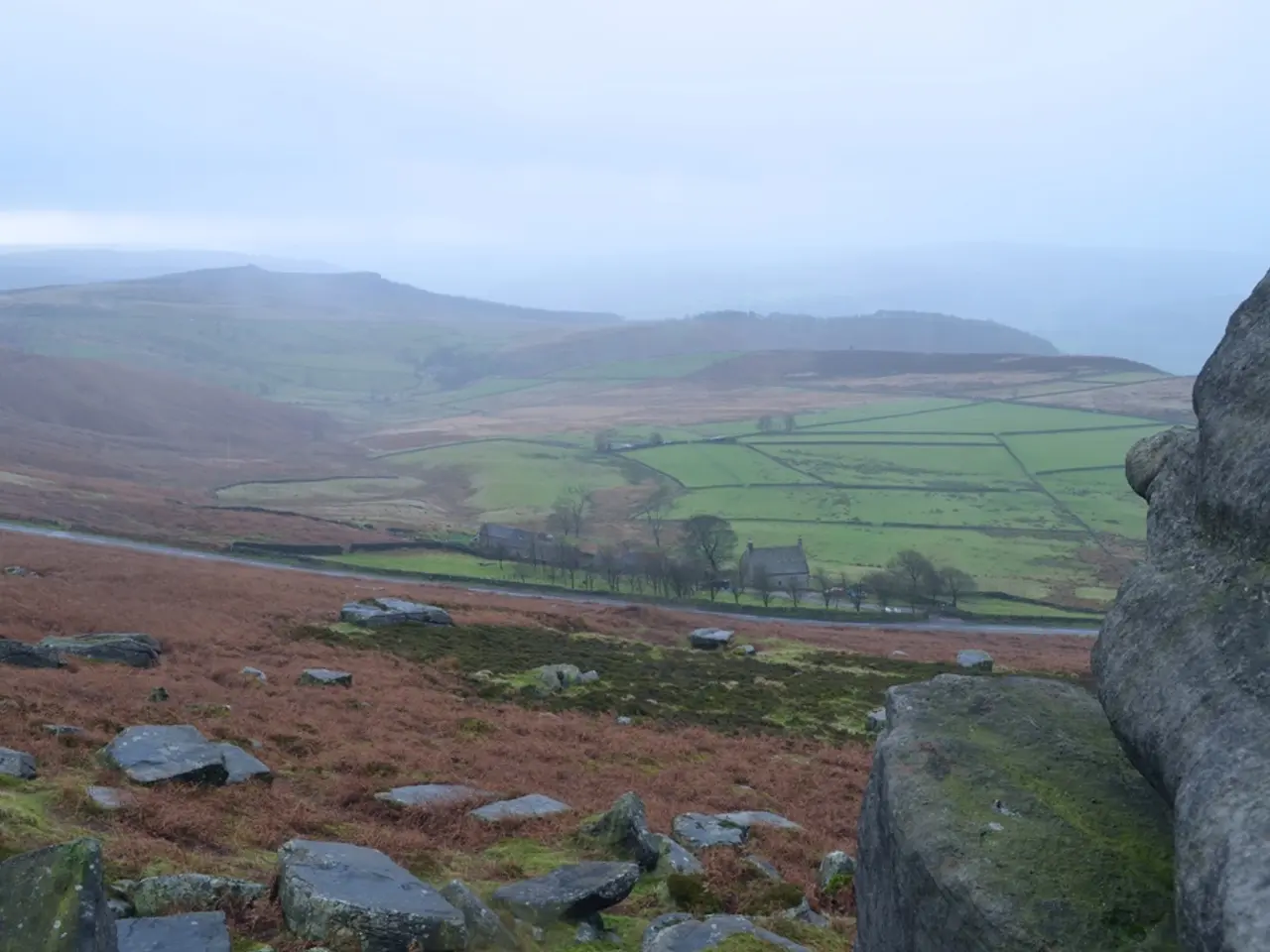Unprecedented Migration of Wildebeests Faces Threat from Rampant Tourism
The annual wildebeest migration, a spectacle that attracts countless visitors to East Africa, is currently underway in Kenya's Masai Mara nature reserve. This natural phenomenon, a highlight for many, brings over 1.5 million wildebeest, along with hundreds of thousands of zebras and antelopes, crossing the Mara River that separates the Masai Mara from Tanzania's Serengeti.
The Masai Mara, increasingly becoming a luxury destination, sees a significant number of tourists during this period. However, the actions of tourists could potentially damage the ecosystem in the Masai Mara. Actions such as blocking the path of animals for better photos, taking selfies in the savannah, or ignoring guidelines, have been criticized and are not allowed due to safety reasons.
Regulations during the migration focus on limiting vehicle numbers, enforcing safe viewing distances, and minimizing disturbances. Vehicle limits and viewing restrictions are in place, with vehicles prohibited from blocking river crossings or driving through animal herds. If more than five vehicles want to see an animal, viewing time is restricted to 10 minutes, and vehicles must stay at least 100 meters away from river crossings. Violators face on-the-spot fines of about 77.5 US dollars and can be removed from the park immediately by rangers.
Rangers actively patrol crossings with vehicles to ensure smooth passage of the animals and urge lodge owners to minimize nighttime disturbances by encouraging guests to come and leave during the day. Tourism is a significant economic factor in both Kenya and Tanzania, and the safari industry acknowledges that a collective effort among guides, companies, and tourists is needed to spread visitation across the year and region, reducing pressure on peak migration moments and sensitive areas.
Overtourism in the Masai Mara has raised concerns about the safety of tourists due to the presence of numerous predators. A video from the Serengeti recently sparked a sharp reaction from Tanzania's national park authority, Tanapa, highlighting the need for tourist behavior to adhere to safety guidelines.
Tourism continues to be a significant economic factor in both Kenya and Tanzania, with many visitors considering at least one overnight stay in the Masai Mara a must. After price increases at the beginning of the year, a twelve-hour visit to the Masai Mara during the peak season now costs 200 US dollars. There are also investments in luxury camps within the Masai Mara nature reserve.
In summary, regulations focus on maintaining the safety and well-being of both the animals and tourists during the annual migration spectacle in both the Masai Mara and Serengeti. Concerns center on overtourism, animal stress, and ecological impact. A collective effort from the safari industry, guides, companies, and tourists is needed to ensure a sustainable and enjoyable experience for all.
- The Masai Mara, not only a luxury destination but also a significant environmental-science location, requires a responsible approach from tourists to maintain its ecosystem.
- Travelers visiting the Masai Mara for the annual wildebeest migration should be aware of the guidelines in place to minimize disturbances to the animals and ensure a safe lifestyle for everyone involved.
- Along with political and economic factors, the sports of conservation and eco-tourism play crucial roles in the environmental-science and lifestyle of East Africa, encouraging sustainable travel practices and the preservation of these rich ecosystems.




